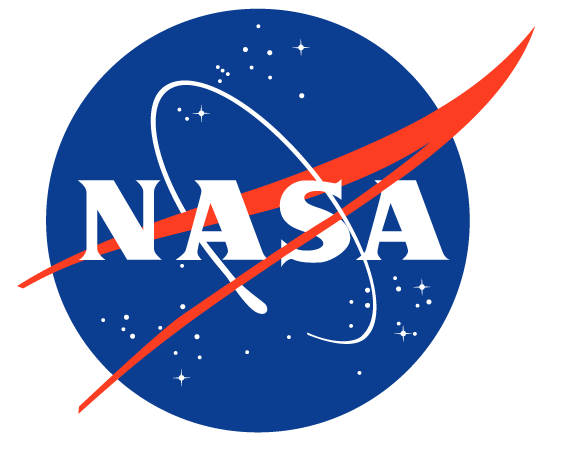NASA Seeking Planetary Protection Officer
When I read that NASA has a job opening for a Planetary Protection Officer, visions of fighting off alien invaders filled my head. On reading more about the position, I found that it was a perfectly legitimate and logical job posting with a salary range from $124,000 to $187,000. The idea of a PPO dates back to the UN Outer Space Treaty of 1967. The European Space Agency is the only other space agency in the world that has a full time PPO.
Here is the NASA description of the job: “Planetary protection is concerned with the avoidance of organic-constituent and biological contamination in human and robotic space exploration. NASA maintains policies for planetary protection applicable to all space flight missions that may intentionally or unintentionally carry Earth organisms and organic constituents to the planets or other solar system bodies, and any mission employing spacecraft, which are [i]ntended to return to Earth and its biosphere with samples from extraterrestrial targets of exploration. This policy is based on federal requirements and international treaties and agreements.”
The PPO is charged with the prevention of contamination of other astronomical bodies by organisms from Earth and the prevention of contamination of the Earth by organisms from other astronomical bodies. The PPO officer is deeply involved with all NASA mission planning from sterilization of spacecraft launched from Earth to the careful handling of any spacecraft returning from missions.
One big concern that space mission planners have is the fear that we might find signs of life on other planets such as Mars only to realize that what we really found is evidence of contamination brought from Earth by our Mars probes. Although conditions on other astronomical bodes are very harsh and dangerous for life, there are organisms on Earth called extremophiles that are able to survive in very difficult and harsh environments. We cannot rule out the possibility that we might contaminate other astronomical bodies. On the other hand, knowing that Earth life can exist in a very wide range of environmental conditions suggests that alien microbial life could very well adapt and survive to conditions on Earth with unknown and potentially devastating effects. There are theories that life on Earth may have actually originated on another planet and been brought here on meteorites from another place. That theory is called “panspermia.”
Skeptics might question whether there would or could be similarities between life of Earth and life elsewhere in the universe. Studies of gas nebulae have discovered complex chemistry in these clouds of ionized gas. All the proteins in all the life on Earth is composed of amino acids. RNA and DNA based on nucleic acids provide the information and control necessary to generate and manipulate the proteins. Amino acids and the precursors of nucleic acids have been discovered in nebulae. This suggests that life similar to that on Earth could be found elsewhere. Alien proteins, DNA and RNA could possibly interact with Earth proteins, DNA and RNA. The more we explore space and land on other astronomical bodies, the more danger there is that Earth life and alien life may intermingle with serious consequences.
